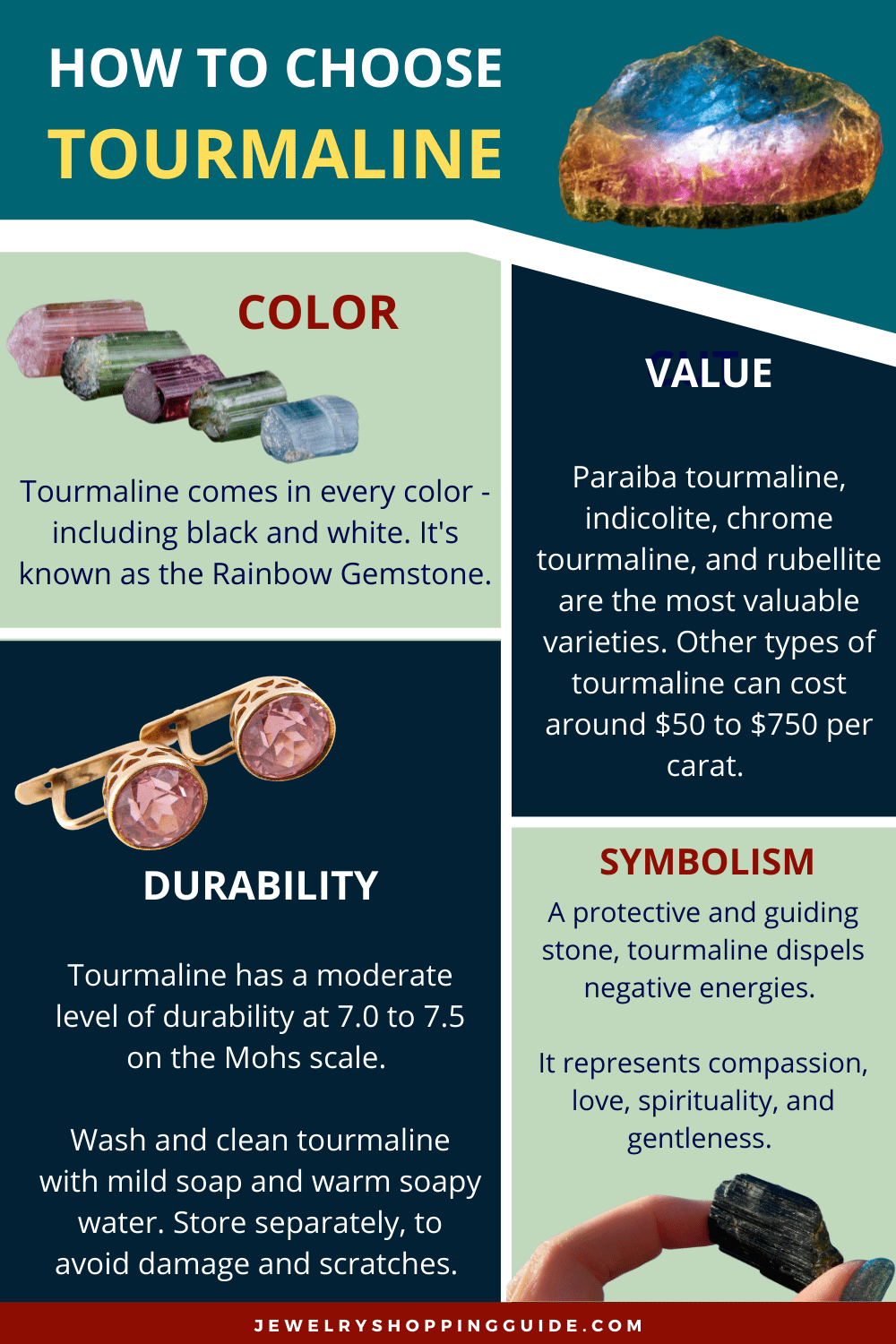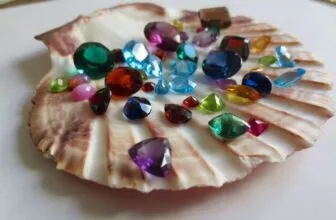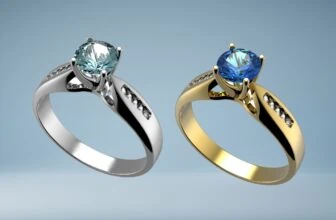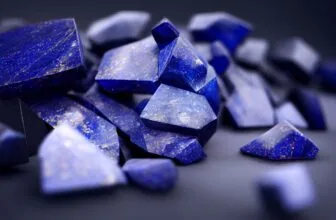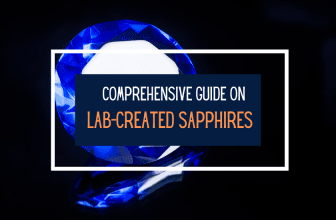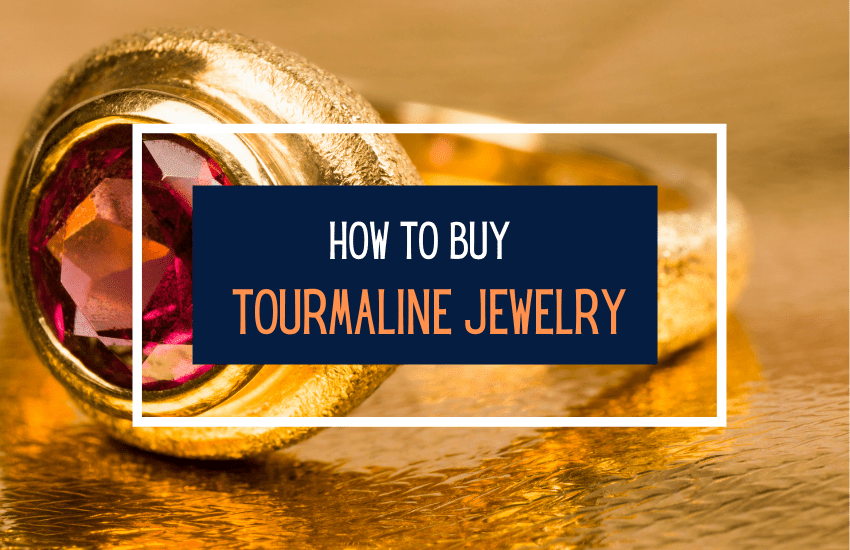
Table of Contents
Tourmaline is one of the most beautiful and versatile gemstones out there. It comes in every color imaginable. It’s no wonder it’s also known as the rainbow gemstone!
But buying tourmaline can be somewhat complex, because there are so many varieties to choose from. How do you know you’re choosing high-quality tourmaline? Are you paying the right price for it? Why are some varieties super expensive?
In this in-depth guide, we answer these questions and more. Let’s take a look at the main types of tourmaline, and what you need to know when buying this gemstone.
What Is Tourmaline?
Tourmaline is a type of crystal silicate. It’s been around for over 3000 years, with the first tourmaline found in the East Indies. Most tourmaline today comes from Europe, Asia, Africa, Australia, and North America.
There are many diverse types of minerals that come under the tourmaline umbrella. These differ in color, clarity, value, and other aspects.
Types of Tourmaline
It would take us too long to go over every type of tourmaline out there. We’ve outlined the most important types of tourmaline, and the varieties that you’re likely to come across when shopping for jewelry.
1. Green Tourmaline
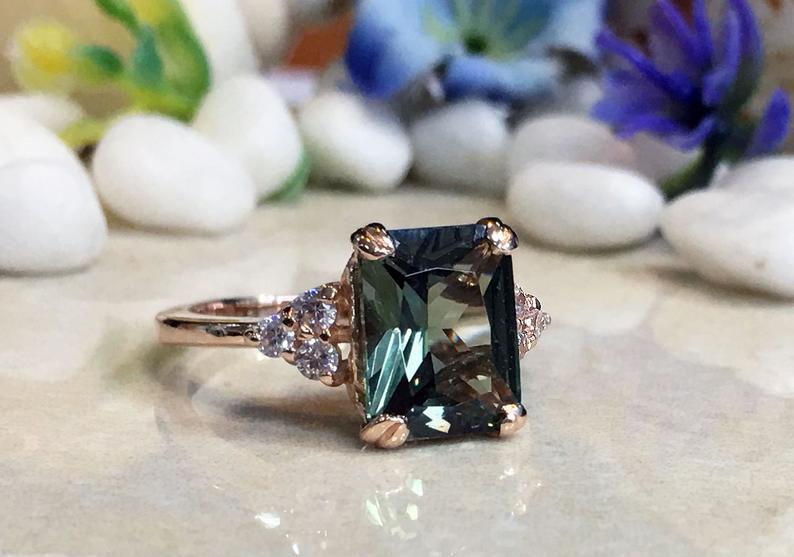
Green tourmaline is often eye-clean and free of visible inclusions. It’s also known as verdalite, and while the dominant color is green, there may be tints of blue or yellow.
If you are looking for green tourmaline, we recommend going for mint green – it’s thought to be the best. For the cut, choose a brilliant or checkerboard cut, because these bring out the brilliance of the stone.
Check the symmetry, proportions and reflection to see if the stone has been cut properly. In addition to this, green tourmaline is available in almost any size and it can be relatively easy to find large multi-carat stones.
Green tourmaline does not receive heating or radiation treatments. It’s an affordable gemstone which is why they can sometimes be passed off for the more expensive indicolite tourmaline (more on this below).
2. Chrome-Colored Tourmaline
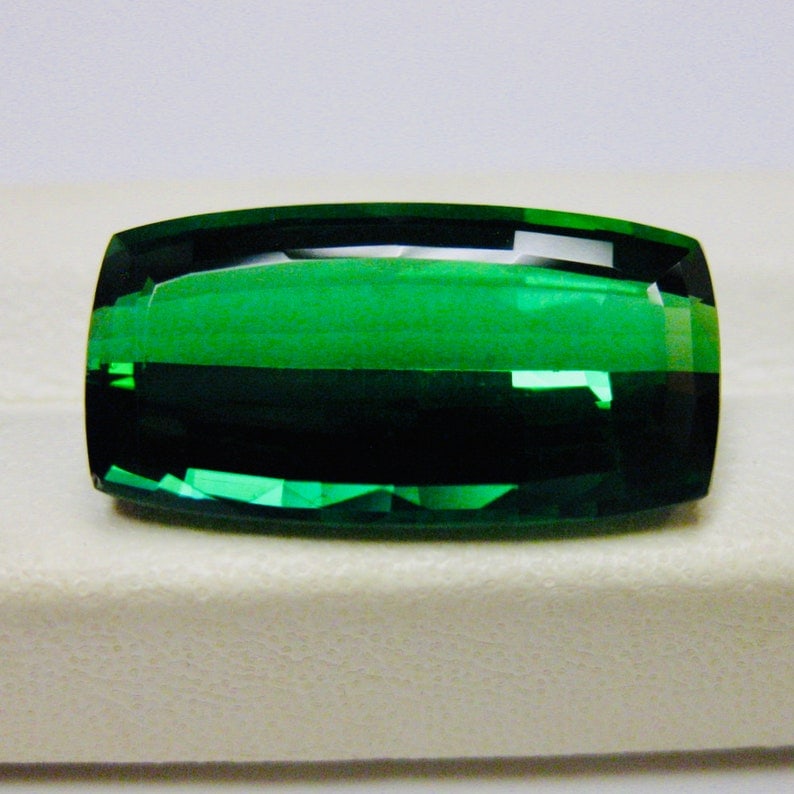
This is the rarest type of green tourmaline and naturally, the most expensive. Chrome tourmalines have an intense green color, which comes from the element chromium. These stones come in small sizes, and finding stones over 1 carat can be challenging.
Chrome colored tourmaline often has more inclusions, so for eye-cleanliness. Because of the stone’s special tint, chrome tourmalines require expert cutting to ensure that they don’t appear too dark.
3. Blue Tourmaline
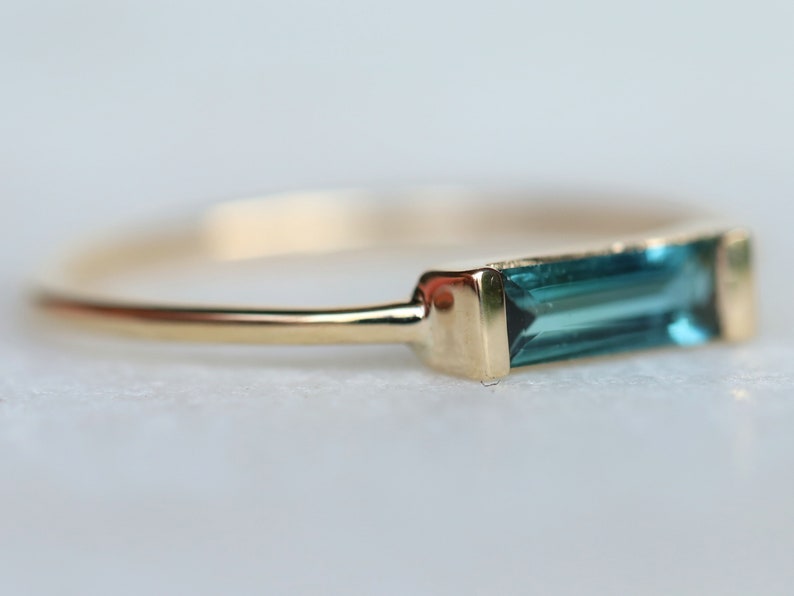
There are lots of blue tourmaline varieties, but only indicolite is considered a precious stone. All the others are simply semi-precious.
Indicolite has a deep, rich color. Clear blue indicolite is more valuable because they’re very rare. Most indicolite tends to have green secondary tones, but this can be removed with special treatment.
Indicolite generally has inclusions but this can also be minimized by good cutting.
4. Paraiba Tourmaline
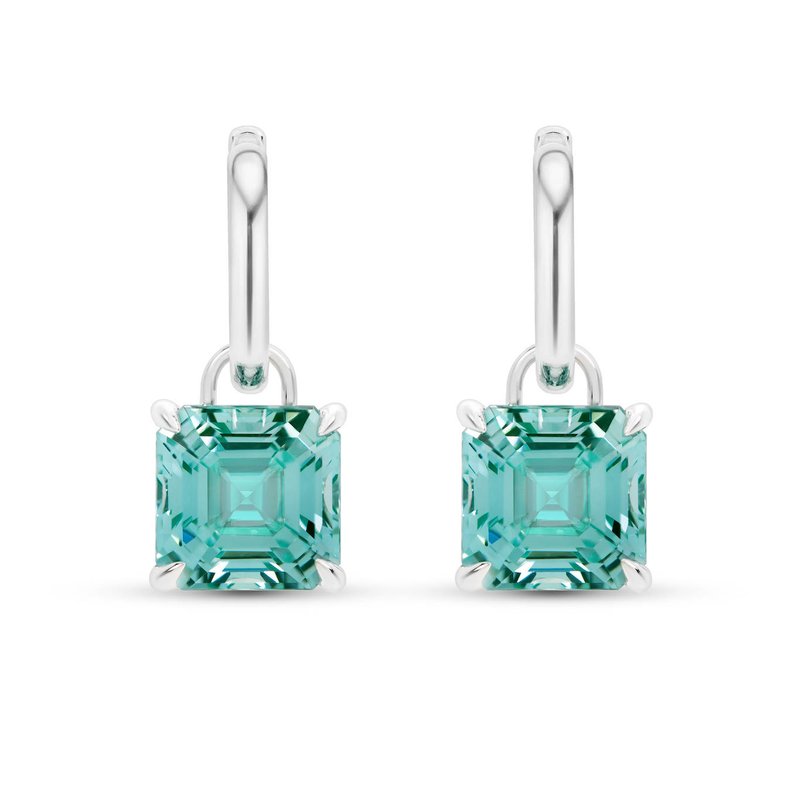
This stunning variety of tourmaline is one of the most valuable. Paraiba tourmaline gets its neon aquamarine color from copper. It’s quite rare, and a high-quality carat can cost upwards of $2000 with the richer colored stones valued at about $8000 per carat.
5. Pink Tourmaline
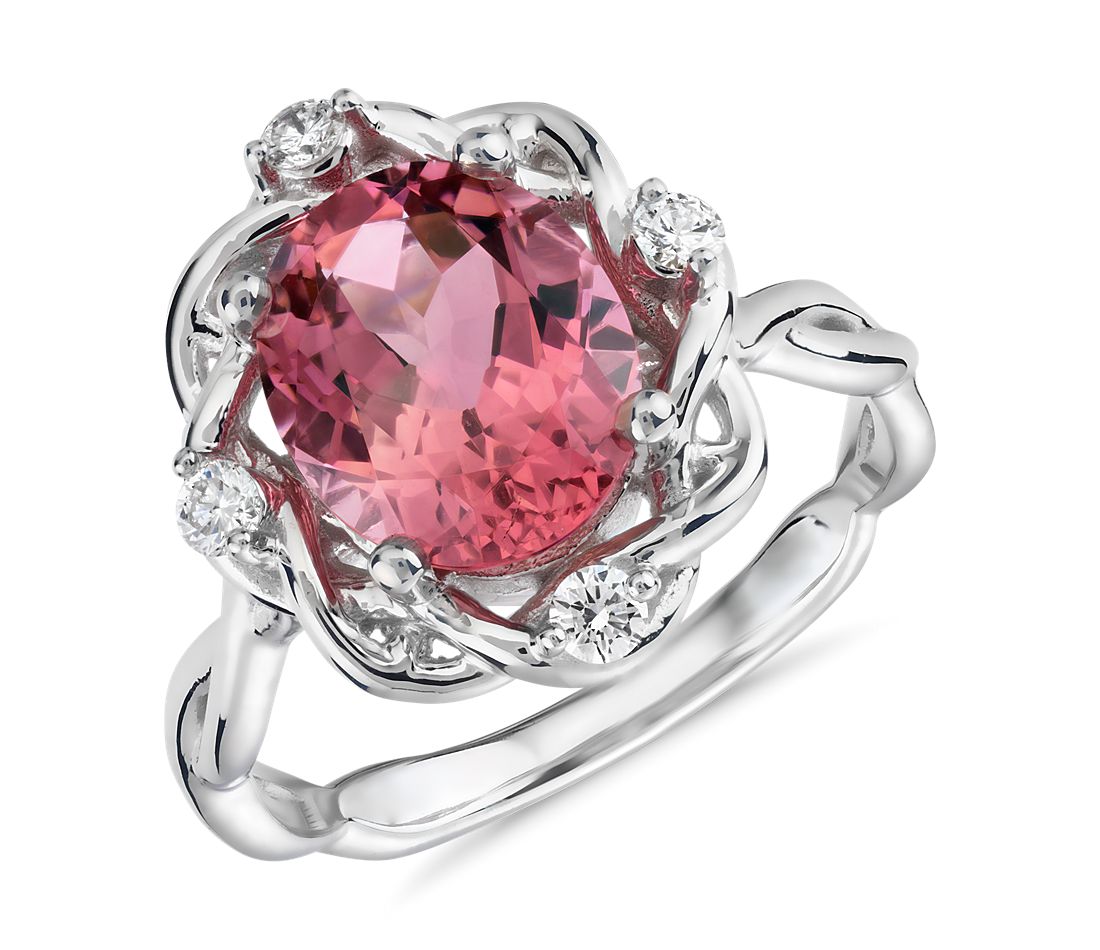
Pink tourmaline is one of the more common varieties of tourmaline and is found across the world. While it’s relatively affordable, rubellite (a.k.a. red tourmaline) is one of the priciest varieties of tourmaline.
6- Watermelon Tourmaline
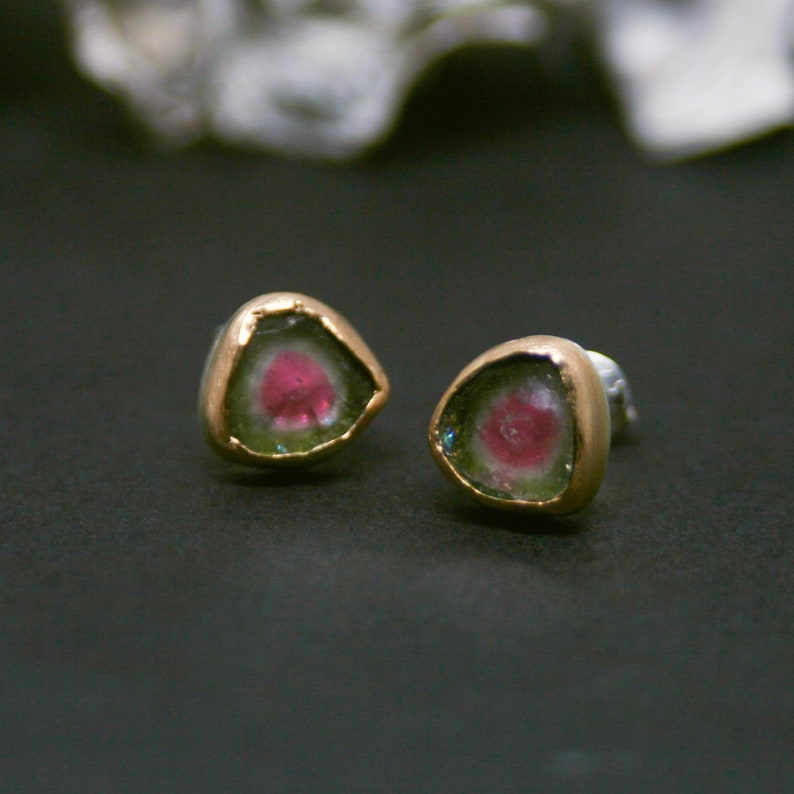
This is an unusual tourmaline variety, deriving its name from its colors. It is a green and red stone, separated by a strip of white, which makes it look exactly like a watermelon.
Cutting watermelon tourmaline requires skill because the orientation is important. The best types of watermelon tourmaline retains 50% of each color.
7- Canary Tourmaline
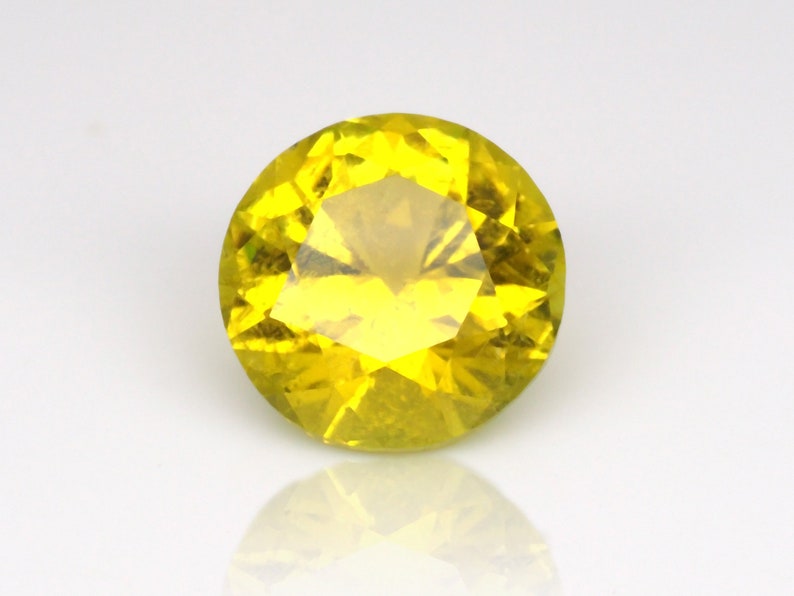
This type of tourmaline is so named because of its vivid yellow color, like the canary bird. Canary tourmalines are generally found in smaller sizes, on average about one or two carats. They’re extremely rare and are one of the more valuable varieties of tourmaline.
How to Choose Tourmaline Clarity
Clarity refers to the quality of the gemstone and its overall appearance. Is it eye-clean or does it have flaws? Often, because tourmaline is formed in liquid-rich areas, liquid can be caught inside the stone during the process of crystal growing. The liquid then runs parallel with the crystal, creating inclusions in the stone.
The color of the stone can compensate for the clarity, but if the stone is of a light tone and has low intensity then the inclusions will be noticeable, bringing the value of the stone down. Pink and red tourmalines are tolerated with inclusions, but with other colors, low clarity decreases the value.
Some tourmaline stones can exhibit asterism, which is the cat’s eye effect. If there are many parallel-running thin threadlike inclusions, and if the stone is expertly cut, this can result in a cat’s-eye tourmaline. Cat’s-eye tourmalines are rare because they look like a cat’s eye when they reflect light.
How to Choose Tourmaline Cut
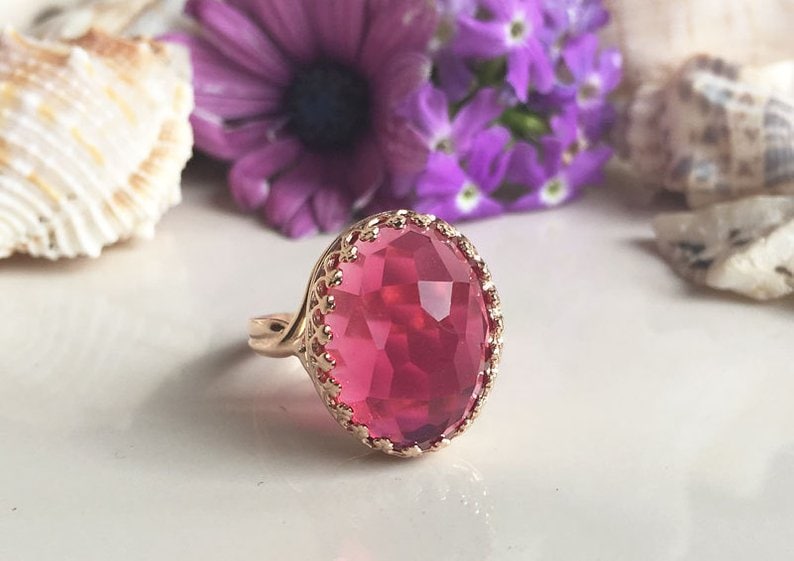
While tourmaline can be cut into any shape, most tourmaline gemstones are cut into narrow and rectangular shapes. This is because tourmaline rough is also typically narrow and rectangular. Cutting it accordingly reduces waste of the rough.
Another factor that cutters consider is how the stone absorbs light. Tourmaline generally absorbs light lengthwise and not across the crystals. The depth of color, tone, and saturation can be manipulated based on the direction of the cut.
How to ChooseTourmaline Carat Size
Tourmaline prices per carat generally increases dramatically after the first five carats. Apart from Paraiba, which is rarely found over 1 carat, most tourmaline can grow to several carats.
How to Choose Tourmaline Color
Tourmaline is called the Rainbow Gemstone because it occurs in every color, including black and white. This gives customers endless options, as there is a tourmaline for every taste and budget.
In general, bright, colorful tourmaline gemstones are the most expensive. Darker stones are less valuable. The color of tourmaline can be enhanced using irradiation or heat treatment.
Is Tourmaline Enhanced?
Tourmaline can sometimes be heat-treated to enhance the color of the stone. Note however that this is an industry standard and doesn’t affect its durability.
Another way tourmaline can be enhanced is through resin and oil injections to improve the overall look of the stone. Stones that have undergone such treatment require more care as they can easily get damaged. They are also more affordable than unenhanced stones.
Color treatments are also sometimes used to increase the tone and saturation of tourmaline color. However, this fades over time due to light and heat and exposure. This type of enhancement reduces the value of the stone.
Is a Tourmaline Engagement Ring a Good Idea?
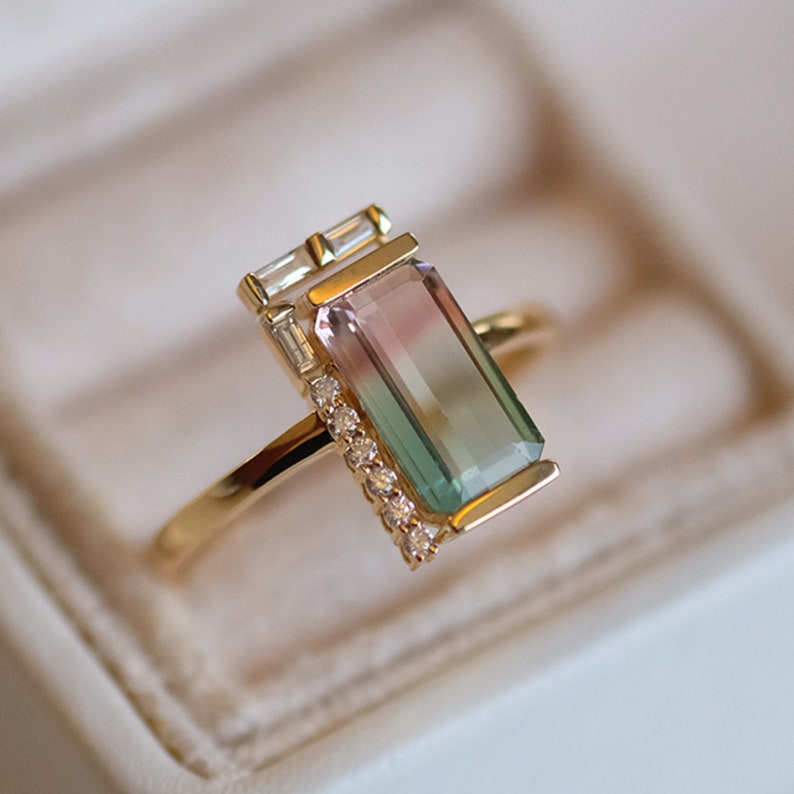
As the center choice for a ring, a tourmaline is eye-catching and unique and with the endless types of tourmaline available, you’ll be spoilt for choice.
With many couples trying to break away from the traditional diamond ring, tourmaline engagement rings are becoming an increasingly popular option and makes for a great diamond alternative.
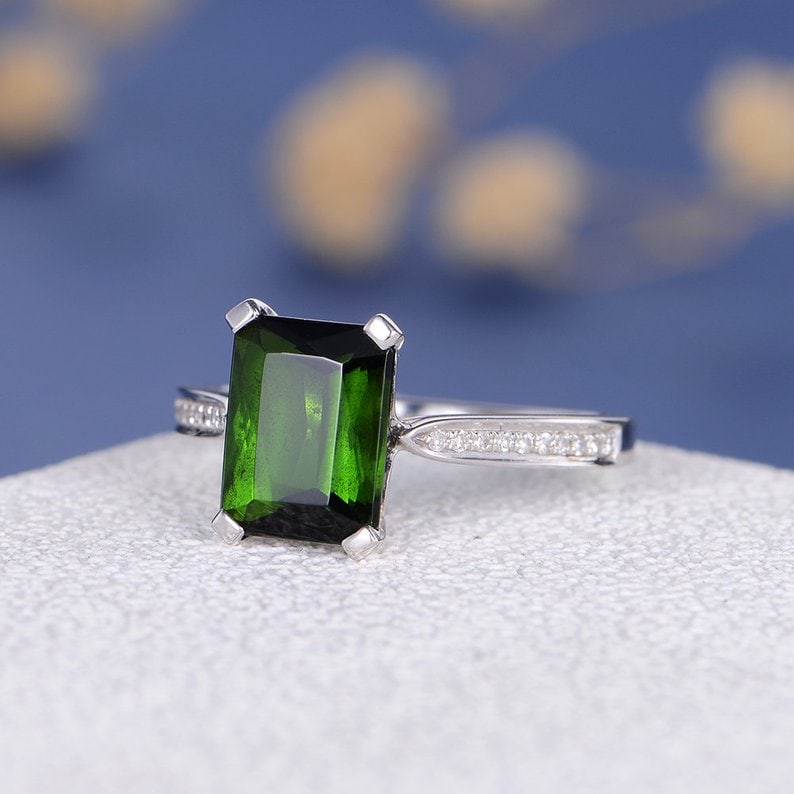
However, note that tourmaline, which has a Mohs rating of 7 to 7.5, isn’t as hard as diamonds and are nowhere near as durable. It’s a softer stone compared to popular engagement ring gemstone choices like morganite, moissanite, sapphire, or diamonds and would require care and maintenance to prolong its life.
While we don’t recommend tourmaline in engagement rings, if set in a protective setting, like a bezel setting or a halo setting, and taken reasonable care of, it can be a great option.
Tourmaline Price Guide
The prices of tourmaline vary depending on the variety and quality factors.
Of all the types, however, Paraiba tourmaline is the most valuable and can cost thousands of dollars per carat. Some Paraiba tourmaline gemstones have reportedly fetched $60,000 per carat.
Indicolite, chrome tourmaline, and rubellite are also valuable varieties, and can fetch around $1000 per carat. Other varieties of tourmaline start at around $50 per carat.
How to Care for Tourmaline Jewelry
Tourmaline is a wearable gemstone and can withstand exposure well. With reasonable maintenance, you can keep the stone sparkling for a long time. Taking care of your tourmaline jewelry will keep it beautiful for years.
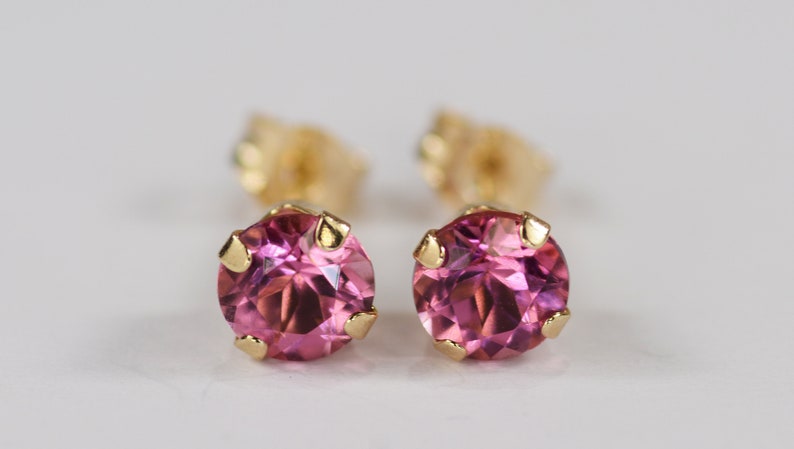
Avoid using ultrasonic cleaners or steam cleaners as these can damage the gemstone. Instead, simply use a mild, non-abrasive liquid soap and warm water.
Put a few drops of dish washing liquid in water and soak the jewelry for 2 to 3 minutes. When you take out it should be clean. If it is still dirty, gently wipe it with a wet cloth or use a soft brush. Ensure that you rinse the piece thoroughly and dry it carefully before you store it away.
Substances with a higher hardness ranking, such as diamonds, can scratch and damage a tourmaline. Always store tourmaline jewelry separately, in a jewelry box or a fabric pouch, like this one.
Meaning and Symbolism of Tourmaline
Tourmaline has been respected since ancient times as a grounding gemstone that offers balance and protection. Some believe that tourmaline is a protective stone, and it is sometimes worn as an amulet. It’s believed to promote peace and harmony and is considered to be a stone that assists in reconciliation.
It’s widely used in Feng Shui as an energy protection stone, as it’s thought to help in creating a protective field around a person or space, which dispels negative energies and keeps them from entering. Tourmaline doesn’t just dispel or thwart negative energies, but can also dissolve or even change them to positive energy.
From a physical standpoint, tourmaline is thought to assist with digestive problems and helps with strengthening bones and teeth. It is believed to bring relaxation and calmness and to heal one from stress and trauma. Tourmaline is the October birthstone, along with opal.
*Disclaimer: Jewelry Shopping Guide does not guarantee or validate any of the claims related to the metaphysical and alternative healing powers of this or any other gemstone. This information should in no way be used as a substitute for medical advice.
Where to Buy Tourmaline Jewelry
Tourmaline is a popular gemstone, so it’s not difficult to find your ideal piece at the local jewelers. Because it is the October birthstone, many retailers carry a good range of tourmaline jewelry.
When buying online, ensure that you are buying from a top-rated vendor with a proven track record.
Blue Nile: One of the leaders in online diamond sales, Blue Nile offers a select collection of tourmaline jewelry. The company is known for its reasonable prices and quality craftsmanship.
Etsy: Etsy has a huge assortment of vendors that offer a variety of all types of tourmaline jewelry. Their tourmaline jewelry ranges from valuable antiques to affordable imitations.
Amazon: As one of the biggest online retailers worldwide, it’s not surprising that you can find all kinds of tourmaline jewelry here. The range is extensive but ensure you check carefully for quality factors.
Every vendor on Etsy and Amazon have their own policies, so it’s important to do due diligence prior to purchasing. Use the sites’ extensive rating and review sections to gauge the quality of each product.
FAQs About Tourmaline
1. How hard is tourmaline?
Tourmaline has a moderate level of durability at 7.0 to 7.5 on the Mohs rating. It’s resistant to scratches from objects with a lower hardness rating. It can withstand exposure with reasonable care.
2. How valuable is tourmaline?
Certain varieties of tourmaline can be extremely valuable, such as Paraiba tourmaline. Other expensive varieties include indicolite, chrome tourmaline, and rubellite.
3. What stones does Tourmaline look like?
Depending on the variety, stones that look like tourmaline include:
- Emerald, Peridot, Tsavorite – Green Tourmaline
- Ruby, Spinel, Garnet – Red Tourmaline
- Morganite, Pink Sapphire, Pink Topaz – Pink Tourmaline
- Blue Topaz, Aquamarine, Zircon – Blue Tourmaline
4. How do you clean tourmaline jewelry?
Wash and clean tourmaline with mild soap and warm soapy water. Always store separately, to avoid damage and scratches. Don’t use ultrasonic cleaners as these can cause damage.
5. Can I shower with tourmaline on?
Tourmaline is sensitive heat, so showering with tourmaline jewelry in hot water isn’t recommended. However, apart from that, tourmaline doesn’t react negatively to water.
6. Where does tourmaline come from?
Most tourmaline is mined from Afghanistan, Pakistan, United States, Sri Lanka, and several African countries including Madagascar, Kenya, Malawi, Tanzania, and Namibia.
7. What does tourmaline mean spiritually?
Tourmaline is viewed as a protective and guiding stone that dispels negative energies and welcomes positive and beneficial energies. It’s a stone of compassion, love, spirituality, and gentleness.
Wrapping Up
